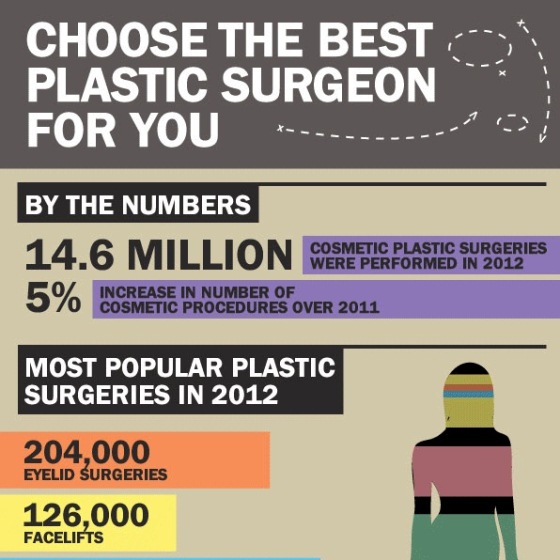Diy Face Masks For Acne
Diy Face Masks For Acne
Blog Article
Acne and Exercise - What to Know
Routine exercise, also simply vigorous walking or swimming, aids improve state of mind and decrease tension. It also boosts hormonal agents and natural chemicals that promote healthy skin, such as serotonin and dopamine.
Make certain to put on tidy workout clothes that have been washed just recently-- unclean, perspiring apparel can trap bacteria and contribute to body acne. And if you have makeup on, think about utilizing micellar water to rub out your face prior to working out.
1. Sweating can obstruct pores.
Workout helps the body in many ways, from stronger muscle mass to lower high blood pressure and boosted state of mind. It can also help in reducing acne outbreaks, as long as the appropriate practices are in place.
During workouts, the heart rate goes up which causes the gland to open up and drain pipes. Yet if makeup, dirt and bacteria remain on the skin, these can clog pores and lead to the development of pimples. Sweat can also change the pH balance of skin, causing it to be much more sensitive and prone to inflammatory acne.
Acne that develops due to sweat can appear anywhere on the body, but it frequently appears in areas prone to rubbing, like under clothing bands or headbands. The most effective means to stay clear of sweat-related acne is to put on breathable garments, clean shared devices before using and shower as soon as possible after a workout. It's also helpful to use a mild, non-comedogenic cleanser prior to and after working out.
2. Washes can block pores.
While sweat itself doesn't cause acne, all that bacteria trapped on the skin can obstruct pores and add to inflammatory outbreaks. That's why workout hygiene is so essential for those with acne-prone skin. Wear breathable, moisture-wicking clothes, clean down tools prior to usage, and shower right away after your sweat session to help reduce germs buildup and prevent clogged pores.
Acne takes place when hair roots and pores obtain jammed-up with oil and dead skin cells, setting off the body's natural inflammatory response to remove them. When the sweat from an exercise combines with these debris, it can lead to clogged up pores and swelling that's frequently seen as pimples or pustules on the shoulders, back, upper body, neck, or temple.
Dirty clothes can exacerbate the problem by capturing sweat beside the skin, triggering a bacterial overgrowth called Malassezia-- a problem that may be best treated with dental antifungal medicines. It's likewise a good concept to bring extra clothing and tidy towels to the fitness center so you can routinely change out of perspiring clothes and wipe your skin down with fresh, clean towels prior to heading home.
3. Tight-fitting clothing can clog pores.
Sweat itself does not trigger acne, but if it's trapped versus the skin by tight-fitting garments and friction, it can clog pores and bring about outbreaks. That's why it is essential to wear baggy exercise clothing.
Massick additionally suggested wiping down sporting activities and workout equipment prior to using it, as sharing headgears or jackets with other people can move damaging, acne-causing bacteria to how much is botox the skin. He claimed it is very important to shower post-workout, also, to ensure that sweat and pore-clogging oils are rinsed off the body prior to they can result in an outbreak.
Finally, Massick recommended people to keep gentle, non-comedogenic body laundry in their gym bag so they can clean the face and body right away after exercising. He suggests washing with a cleanser which contains salicylic acid or benzoyl peroxide to help reduce pore-clogging oil and protect against pimples from creating. He likewise suggested alcohol consumption lots of water to assist flush out toxic substances and decrease sebum manufacturing. That, coupled with a healthy and balanced diet and stress and anxiety administration strategies, can assist ward off acne-inducing activities like exercising.
4. Makeup can obstruct pores.
While exercise is great for your mind and body, it can sometimes trigger or aggravate acne. Nevertheless, many typical misconceptions concerning acne and exercise continue. Acne is actually triggered by hormone modifications, most typically triggered by adolescence, durations, the pill (particularly when coming off it), maternity and stress. These hormonal agents can also be worsened by diet regimen, dirty clothes and a high-stress way of living.
For those who still experience breakouts while working out, consider taking some preventive measures: Use skin-friendly, breathable textiles that can help reduce sweat accumulation. Avoid tight garments or hats that can trap sweat, dirt and microorganisms. Wash and rinse all exercise clothes and towels on a regular basis to prevent germs move to the skin. Clean your face with a mild cleanser and hydrate. If you should put on make-up, choose very little make-up with a non-comedogenic formula that won't block pores.
While workout does not directly trigger acne, inadequate skin hygiene, not rinsing off after sweating and sharing tools can all add to the problem. By focusing on skin treatment and incorporating great behaviors into your workout regimen, you can still obtain that healthy and balanced glow while staying energetic.